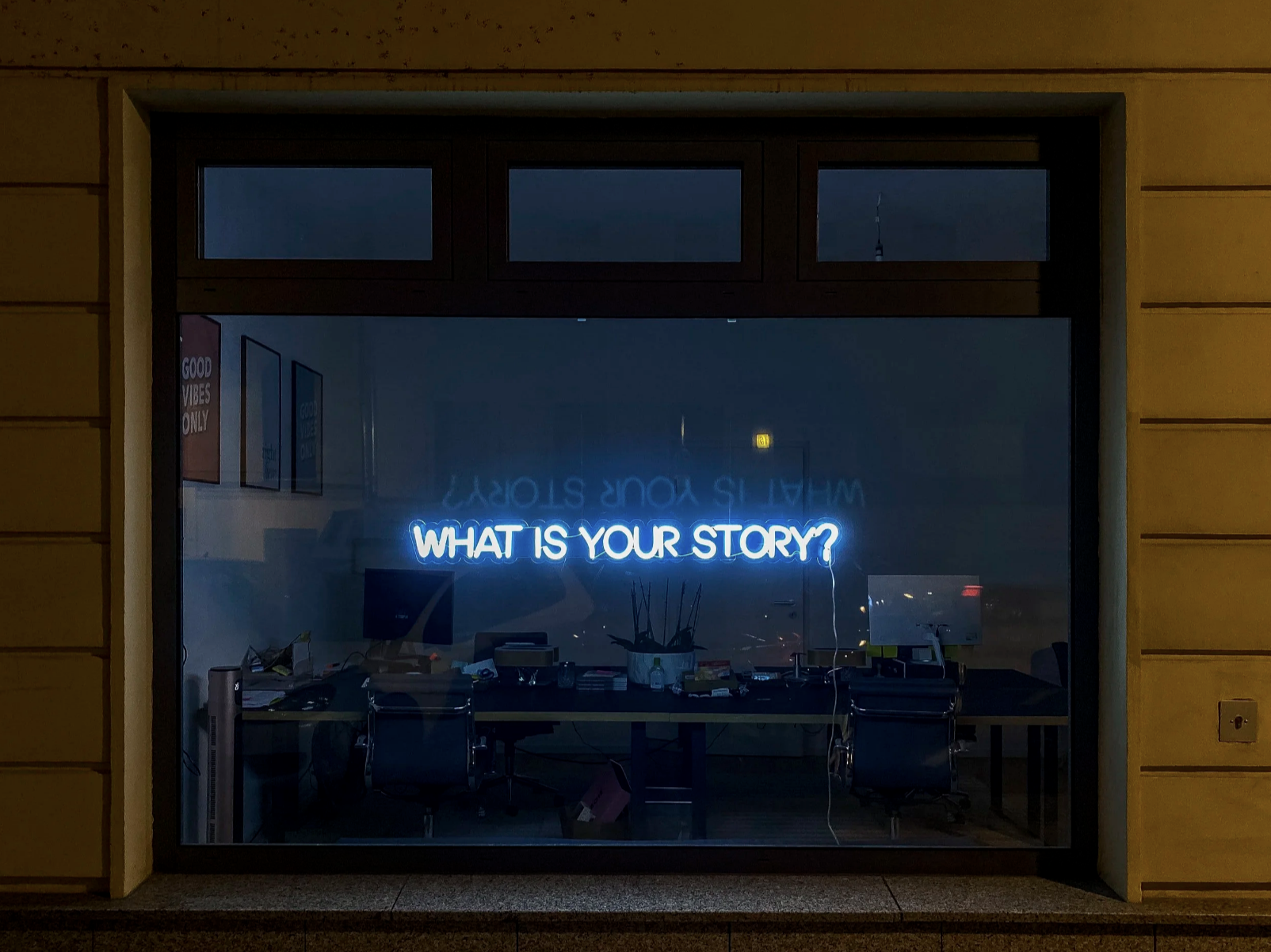By Ibrahim Z. Konaté (U.S.A. and France)
Featured photo by JULIO NERY from Pexels
Learning at the age of 23 that I have a life-long disease was incredibly destabilizing. Once my care team developed a treatment plan that allowed me to regain some normalcy, I felt that I was still struggling to find my footing in this new reality.
The power of receiving my diagnosis lay in finally having the vocabulary to explain to others what I was experiencing, but I was still left without the tools to process this journey for myself.
I turned to my care team and was introduced to resilience, coping, acceptance, and many other important post-diagnosis concepts. Though I was able to receive guidance on these tools and worked to incorporate them into my life, I felt like I was missing something. As these words started piling up, it became harder for me to grasp their meaning.
The more I read about these words, the greater the chasm between myself and these concepts grew. I was meant to apply these ideas to my life but felt incapable of seeing them as anything beyond research frameworks.
I needed a way to animate these notions to see how I could fit them into my daily life. As a visually-oriented person, my first reaction was to see what imagery was already associated with these terms. When I put these words into Google Images, I was confronted with drawings of flowers growing through cracks in the sidewalk and stock photos of mountain hikes. Though these images got the basic point across, I was seeking something that could translate these ideas from words on a page to relatable human experiences and emotions.
For inspiration, I took a trip to the Brooklyn Museum and saw an exhibit entitled The Slipstream: Reflection, Resilience, and Resistance in the Art of Our Time. This collection showcases the work of intergenerational, BIPOC artists to “hold space for individuals to find their feelings of fear, grief, vulnerability, anger, isolation, and despair—as well as joy, determination, and love—reflected in art.” Though this exhibit was curated in response to the global pandemic and social events of 2020, I recognized my own struggles in the featured artwork. My favorite part of the exhibit was a room dedicated to centering pleasure to cope with and overcome conflict.
This is black text written on a white wall. At the top of the image is the word “Pleasure.” Below this image is a paragraph of text that reads: “In tumultuous times, experiences of joy, humor, leisure, and rest can hold radical possibilities for transformation. These artists capture moments of everyday pleasure, be they located in family, friendship, and community, in life’s daily rituals, or in creativity and the act of art-making itself.”
I started to wonder - if I could place any piece of art in this room to represent my experience as a Crohn’s Disease patient, what would I choose?
I spent the next week searching through digital archives to find an image that not only would embody my journey thus far but would also remind me of how developing resilience would help me keep moving forward. Finally, I found the perfect image, bought a poster of it, and hung it up on my wall. Now, the first thing that I see when I get up in the morning is a picture taken by Malian photographer, Malick Sidibé, entitled Nuit de Noël.
This photograph was taken in the early 1960s after the liberation of most West African countries from colonial rule. I think about the insecurity that was experienced by many people, including my parents, during this time of transition. When I see this picture, I remember how my family taught me that even in uncertainty one can still smile, dance, and hope that the future brings better days.
A square picture frame with black borders hangs on a white wall. The image in the frame is a black and white photograph showing a man and a woman dressed in light clothing dancing at night in a courtyard. Below the framed image are 5 sunflowers.
Words are important, but sometimes they are not enough. To conceptualize the abstract notions of resilience and acceptance, I needed to find imagery that could help me envision these concepts in my life. My belief is that there is something incredibly universal that can be found in our subjective experiences. I want us to create a new visual language to describe our journeys in this community. My hope is that we can replace the stock photos we find when we search for images related to resilience with artwork or even our own pictures. So I ask, what images describe your story?
This article is sponsored by IBDStrong.
IBD Strong is a volunteer grassroots organization that provides a community of hope, connection, inspiration and empowerment to children, teens and families living with Inflammatory Bowel Disease. They believe that every individual diagnosed with IBD deserves hope and opportunities to thrive. IBD Strong’s mission is to inspire and empower individuals living with IBD to not let the disease define them.



























